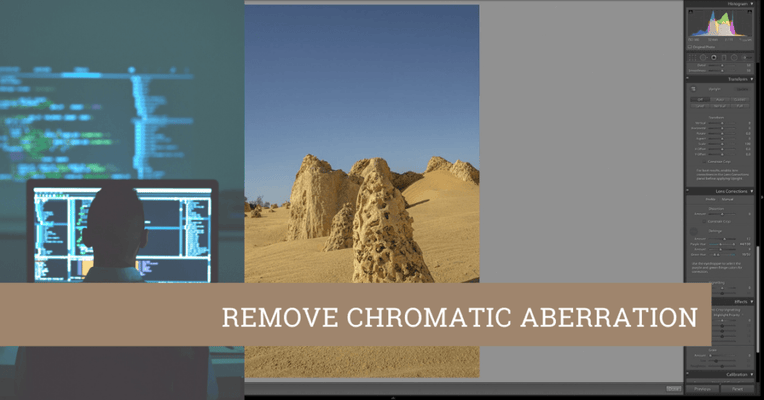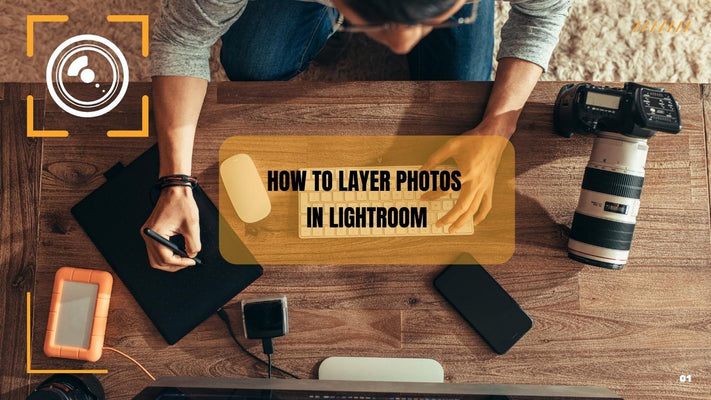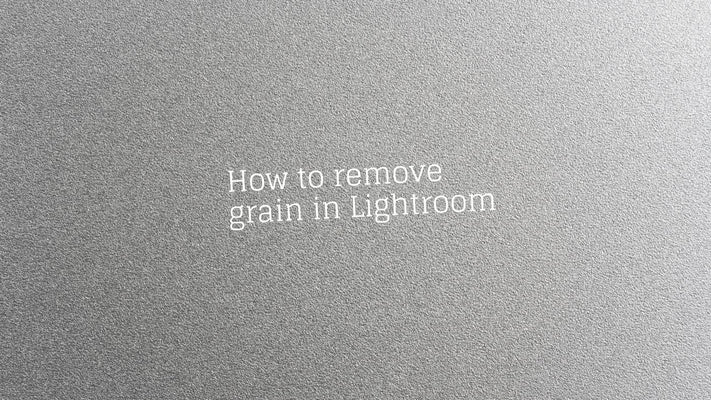How to export Lightroom photos?
How to Export Lightroom Photos: An In-Depth Guide
Adobe Lightroom is not just a fantastic tool for editing and organizing photos, it also offers powerful capabilities for exporting your images. Whether you're sharing photos online, preparing them for print, or archiving your work, Lightroom offers many options to customize the export settings to suit your needs. This article will provide an in-depth guide on how to export photos from Lightroom.
Basic Export Workflow
The basic export workflow in Lightroom is fairly straightforward. Here's a step-by-step guide:
- Select the Photos to Export: Start by navigating to the Library module in Lightroom. Here, you can browse your photos and select the ones you want to export. You can select a single photo, multiple photos, or even an entire folder or collection.
- Open the Export Dialog: Once you've selected your photos, go to the 'File' menu and select 'Export...'. This will open the export dialog box, where you can set the various export options.
- Choose Export Location: In the Export Location panel, choose where you want to save the exported photos. You can also choose whether to put them in a subfolder and how to handle possible naming conflicts.
- Choose File Naming and Format: In the File Naming panel, you can choose how to name the exported files. In the File Settings panel, you can choose the image format (such as JPEG, TIFF, DNG, or Original), color space, and quality or compression settings.
- Set Image Size and Resolution: In the Image Sizing panel, you can resize the images and set the resolution. This is especially useful when you're preparing images for a specific purpose, such as uploading to a website or printing.
- Apply Output Sharpening: In the Output Sharpening panel, you can apply sharpening that's tailored to the intended output medium (screen or print) and the level of detail you want.
- Set Metadata and Watermarking Options: In the Metadata and Watermarking panels, you can choose what metadata to include in the exported files and whether to add a watermark.
- Export the Photos: Once you've set all the options, click the 'Export' button to start the export process. Lightroom will now process and save the photos according to your settings.
Customizing the Export Settings
The real power of Lightroom's export function comes from the ability to customize the export settings to suit your specific needs. Here are some of the options you can customize:
File Settings: The most common file formats for exporting photos are JPEG for general use, TIFF for high-quality print, and DNG for archiving or exchanging RAW files. The color space typically used is sRGB, especially for images that will be viewed on screen or printed commercially. You can also set the quality or compression level for JPEG and TIFF files.
Image Sizing: You can resize your images based on various criteria, such as the long edge, short edge, dimensions, or megapixels. This is useful when you need your images to be a specific size for a website, social media, or print. The resolution can be set based on whether the image is intended for screen display (usually 72 to 96 ppi) or print (usually 240 to 300 ppi).
Output Sharpening: This allows you to apply additional sharpening to your images based on the intended output. The options are Screen, Matte Paper, and Glossy Paper, each with Low, Standard, and High amounts of sharpening.
Metadata and Watermarking: You can choose to include all metadata, only copyright and contact info, or none. You can also choose whether to include location info. The watermarking options allow you to add a simple text watermark or a more complex graphical watermark to your photos.
Export Presets
If you often export photos with the same settings, you can save time by creating an export preset. Here's how:
- Set the Desired Export Options: Start by setting the export options as you normally would.
- Save the Settings as a Preset: At the bottom of the left panel in the export dialog, click the 'Add' button. This will open a new dialog where you can name your preset and choose a folder to store it in.
- Use the Preset: The next time you want to export photos, you can simply select your preset from the Preset panel on the left. This will automatically fill in all the export options with the settings you saved in the preset.
Conclusion
Exporting photos from Lightroom may seem complicated at first, but once you understand the different options and how to customize them to your needs, it becomes a powerful tool in your photography workflow. Whether you're sharing your work online, preparing for print, or simply backing up your edits, knowing how to properly export your photos is crucial.
Remember, every export setting won't fit all situations. Adjust your settings depending on where the photo will be displayed. Practicing and experimenting with these settings is the best way to understand how each affects your final image. Happy editing and exporting!












